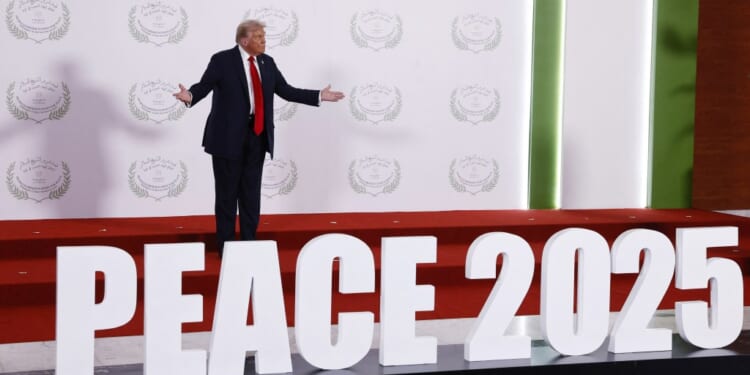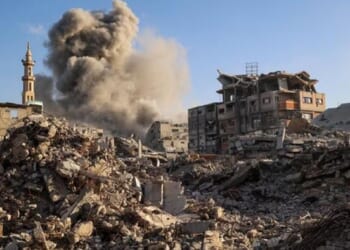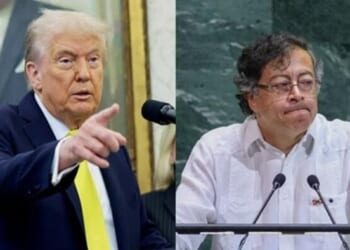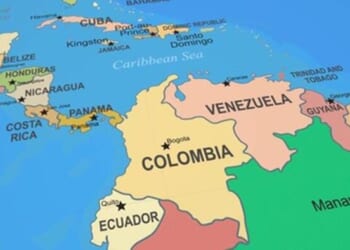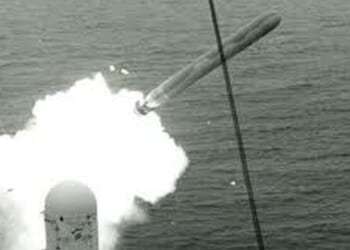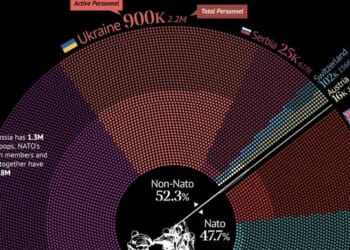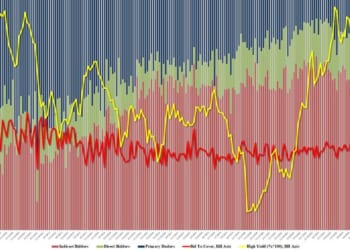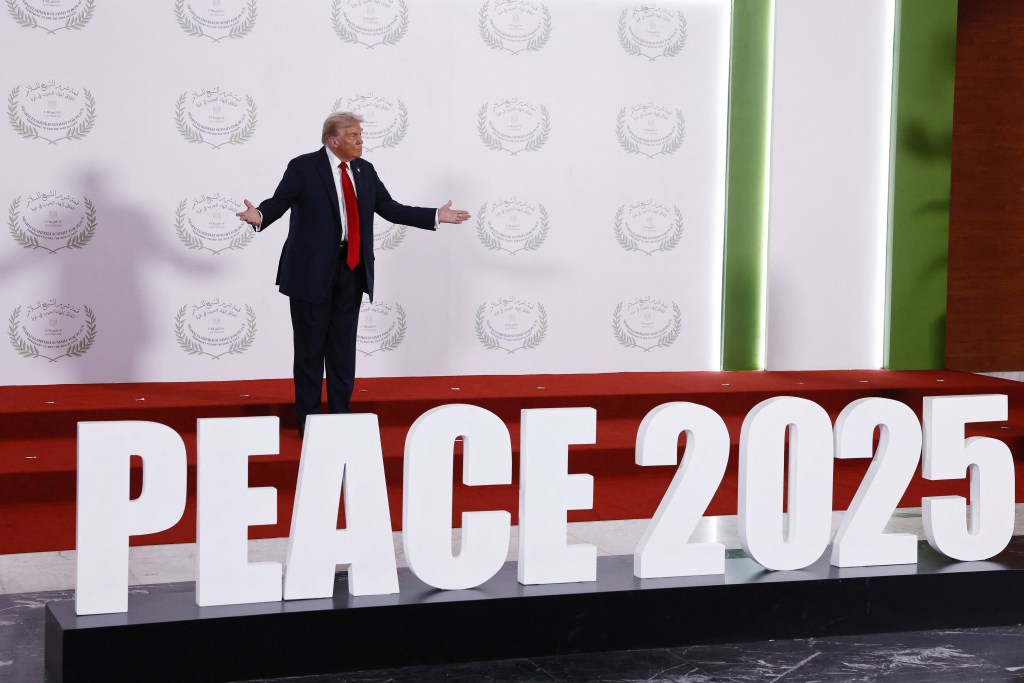
Donald Trump’s grandiosely announced Middle East peace plan might have been a smashing success, except that it is missing two elements: 1) peace; 2) a plan.
Like the so-called Abraham Accords, the Israel-Hamas peace plan is a triumph of marketing over substance, packaging over product. Neither of the two central parties to the dispute have, in fact, agreed to any binding terms, and, in fact, neither has signed the 20-point plan. A separate “implementation” document, even more vague than the 20-point plan, was signed by the parties and by their mediators, and that signature commits them to very little beyond a non-enforceable promise “to implement the necessary steps” to end the conflict. A third document, unveiled with great ceremony in the lovely Egyptian resort town of Sharm el-Sheikh, is essentially a celebratory White House press release, and neither of the belligerent parties has signed that one, either.
Hamas immediately violated the terms of the supposed agreement by failing to return all of the remains of the hostages; the Israelis, to the surprise of no one, immediately resumed airstrikes in Gaza.
No peace. Also, no plan.
The Israelis, for their part, have much more modest expectations regarding this not-quite-an-agreement than the Trump PR team does: Proxies for Israeli Prime Minister Benjamin Netanyahu already are heaping scorn on the notion that this is some kind of comprehensive peace plan, insisting, instead, that it is only a ceasefire in exchange for the return of hostages. “Phase two might happen someday,” says Israeli political analyst Amit Segal, “but it’s unrelated to what’s just been signed.”
If the document is merely aspirational in many points, then in others it would be more accurately described as delusional.
E.g., the first bullet point—and a collection of bullet points is all this “plan” is—reads: “Gaza will be a deradicalized terror-free zone that does not pose a threat to its neighbors.” That would be lovely. How do we get there from here? No one at the White House seems to have any idea—nor anyone in Jerusalem, or in Gaza, or in Cairo, nor Tehran, whose role in all this is being studiously ignored by the Trump administration. You’d have to disarm Hamas, and Hamas has not agreed to be disarmed. Rather, Hamas responded to this demand for deradicalization and freedom from terror by launching a campaign of homicidal terrorism against its political rivals in Gaza, among other things wresting control of a hospital-cum-rocket factory from another Palestinian group.
Unlike the Trump administration, Hamas has a plan, and, evidently, it involves a lot of rockets. It presumably does not involve a non-Hamas power governing Gaza.
Deliverables, dates, meaningful sequencing—none of these are present in anything except the most vaporous form. The document promises to stand up a “Board of Peace” that will be “headed and chaired”—because you need both words!—by “Donald J. Trump” (and I do so appreciate his always including that middle initial so as to avoid confusing him with all the other Donald Trumps in the news) with Tony Blair somewhere in the mix, and other members to be chosen by … someone, according to … some criteria. The Board of Peace, we read, “will set the framework and handle the funding for the redevelopment of Gaza until such time as the Palestinian Authority has completed its reform program, as outlined in various proposals, including President Trump’s peace plan in 2020 and the Saudi-French proposal, and can securely and effectively take back control of Gaza. This body will call on best international standards to create modern and efficient governance that serves the people of Gaza and is conducive to attracting investment.” So, some people will do some things “as outlined in various proposals.” Why, I wonder, has no one had the vision to dream up such an approach before?
What the White House accomplished here amounts to very little more than leaning on the Netanyahu government to agree to a ceasefire in exchange for a hostage swap—i.e., the Trump gang convinced a friendly, democratically elected leader to do the politically easy thing—and bringing the hostages home was, after all, a very, very popular move, for obvious reasons. Hamas, likewise, hardly had to be strongarmed into accepting a ceasefire—a ceasefire is always an attractive outcome when you are getting stomped into goo. Hamas’ constituents, if that is the word, have had plenty of getting stomped. There is much—much—to criticize about Netanyahu and his government, but his previous policy of taking the war to Hamas down to the last fighter was the right one. The “peace plan” in that respect amounts to a last-minute bailout for Hamas by the Trump administration.
(Bailing out Palestinian terrorists in the name of peace is about as intelligent an idea as bailing out the government of Argentina in the name of economic stability, but the Trump administration is doing that, too. Weird times. Weird dude.)
The Trump “plan” leaves Hamas intact and creates a terrorist sanctuary in Qatar to boot, as Mort Klein of the Zionist Organization of America notes: “The administration’s executive order shielding Qatar—while failing to demand the extradition of Hamas and other terror leaders living in Doha—effectively turns the terror-financing emirate into a protected haven for Islamist terrorists.”
Klein credits Trump with a genuine desire to do the right thing but judges the work, so far, to be insufficient. “It’s early, but I’m sorry to say that Donald Trump has not supported Israel going all out to do what it needs to do: crush Hamas. Why did Hamas and Turkey and Qatar go for this deal now? Because Hamas was on the verge of destruction. Israel controlled 80 percent of Gaza and had troops in Gaza City. This is only a hudna,” he says, using the Arabic term for a strategic ceasefire. “It’s a chance to regroup and rearm.” The 2,000 prisoners Israel released in exchange for the remaining hostages and remains will help Hamas to replenish its ranks, Klein says. “We were as thrilled as any decent person was that the hostages were released. But we have many reservations about this deal. It’s a bad deal with people who don’t want peace.”
We have been here before, of course. The grandly named Abraham Accords, hailed as the great foreign-policy achievement of the first Trump administration, have accomplished very little, though greater economic ties between Israel and the United Arab Emirates will be good for both countries. Contrary to the sometimes sweeping claims made on their behalf, the accords are very narrow and have been agreed to by very, very few countries: The signatories are the United States, Israel, the United Arab Emirates, Bahrain, and Morocco. (The Sudanese government signed the agreement but has not ratified it.) With all due respect to the UAE, the world’s greatest air-conditioned authoritarian shopping mall, one must note the absence of the major players from that list.
Iran, the spider at the center of the web, is no more than a shadow over the celebratory vulgarity.
Trump has other peace plans, too. His latest plan for peace in the Russia-Ukraine war is for Ukraine to surrender and give Vladimir Putin what he is asking for. As usual, Trump’s moral cowardice is running neck-and-neck with his physical cowardice.
If you want to get a good read on what kind of negotiator Trump is in real life—as opposed to the character he used to play on television—then consider his favorite war: the trade war. At the end of Trump’s first year in office, 2017, the U.S. trade deficit in goods was $66.6 billion for the year; in 2021, the year he left office, it was $90.3 billion. For you English majors reading this, $90.3 billion is more than $66.6 billion. Never mind, for the moment, that Trump picked the wrong target: Trump declared war on the trade deficit, and the trade deficit won.
Yes, Trump is a reflexive authoritarian and a would-be caudillo. But what most shapes his public affairs is not his Pinochet-style ambitions but his Gilligan-level incompetence and laziness in pursuing them. You can gripe at the editors of Time for making him look like Curly in that photo, but he governs like Shemp, and he has only himself to blame for that.
And, if you ask me, a stooge is a stooge.
(Full disclosure: It has been something like 20 years, but I believe I once did some editing and writing work for ZOA when I was in between jobs. It’s been so long I don’t remember the details, but I do like to be thorough about that kind of stuff.)

